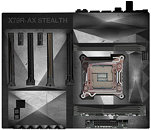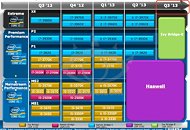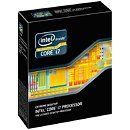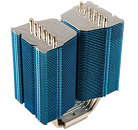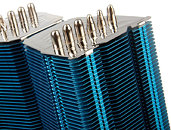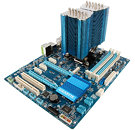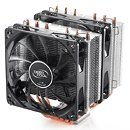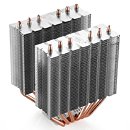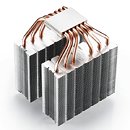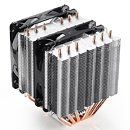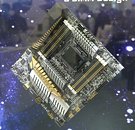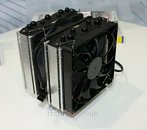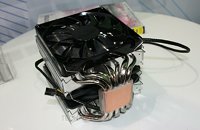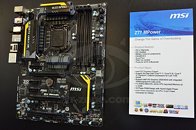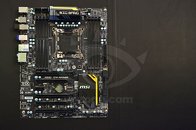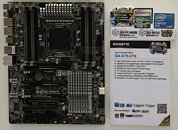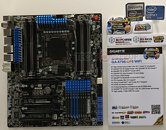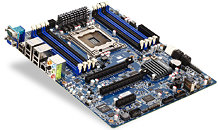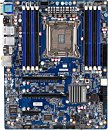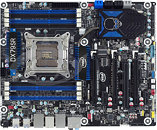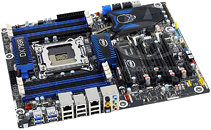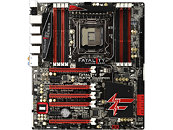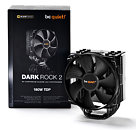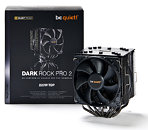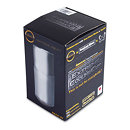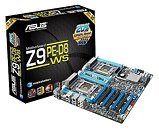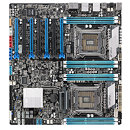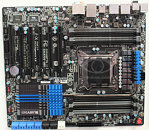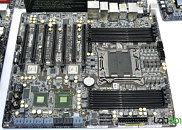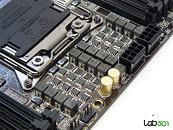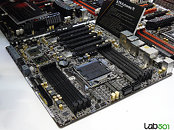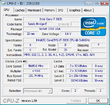
ECS X79R-AX Stealth Motherboard Pictured
ECS is working on the X79R-AX Stealth, a high-end socket LGA2011 motherboard that borrows a design concept from ASUS TUF Sabertooth series, on which the jury is still out - a shroud covering most of the non-critical areas of the motherboard, which ASUS refers to as "Thermal Armor." The X79R-AX Stealth uses a similar shroud, except it isn't as perforated on the surface, and instead uses vents along its edges for ventilation and connections.
The shroud appears to borrow its design from some of the earliest 5th generation (stealth) fighter aircraft, such as the F-117 Nighthawk. Only key components such as the CPU socket, expansion/memory slots, and power connectors protrude from cutouts in the shroud, most other connections such as on-board headers appear to be arranged perpendicularly, and open out along the edges of the board. Most other features of the board appear to be consistent with that of the X79R-AX Black Series. According to ECS, the board should be out very soon.
The shroud appears to borrow its design from some of the earliest 5th generation (stealth) fighter aircraft, such as the F-117 Nighthawk. Only key components such as the CPU socket, expansion/memory slots, and power connectors protrude from cutouts in the shroud, most other connections such as on-board headers appear to be arranged perpendicularly, and open out along the edges of the board. Most other features of the board appear to be consistent with that of the X79R-AX Black Series. According to ECS, the board should be out very soon.
